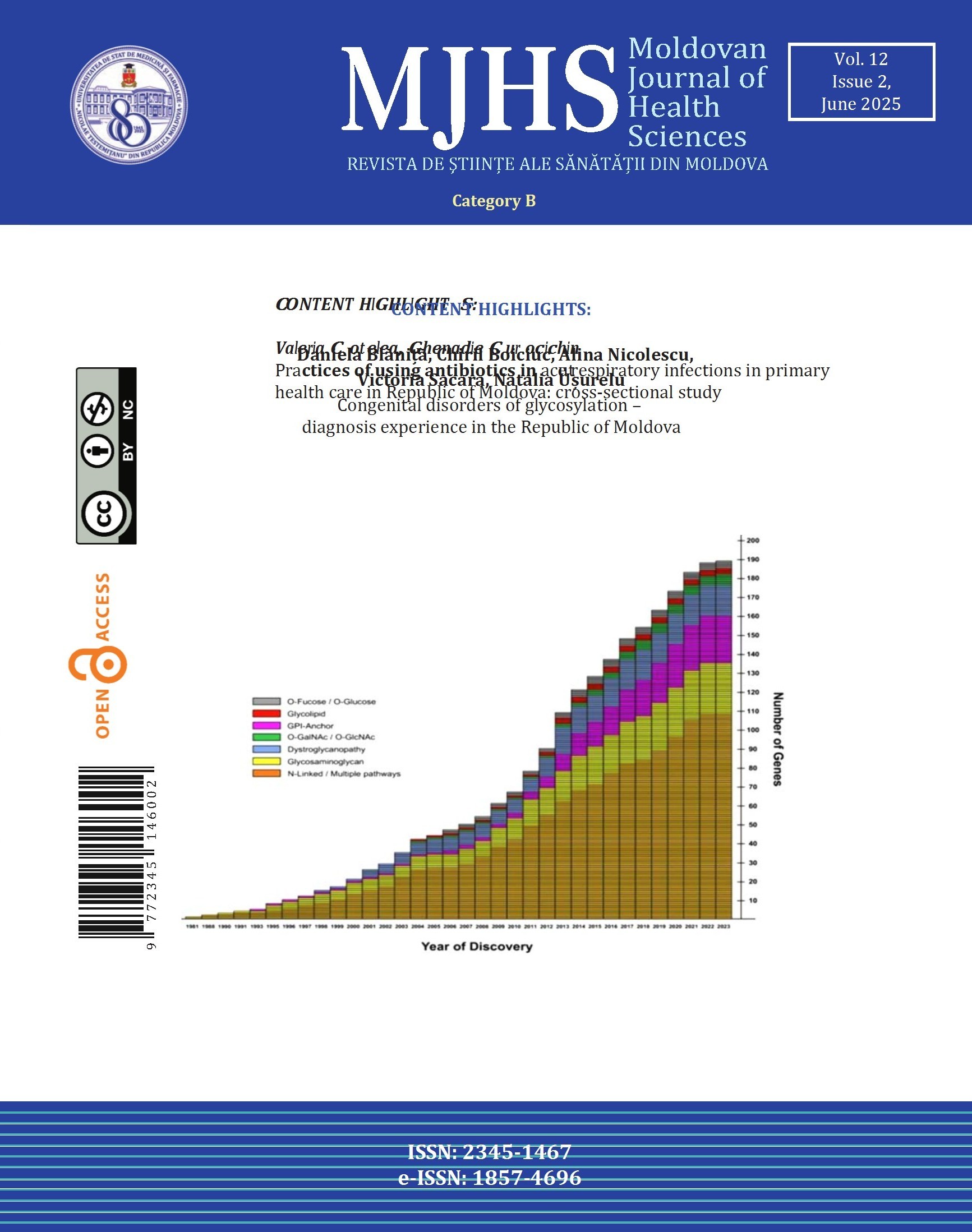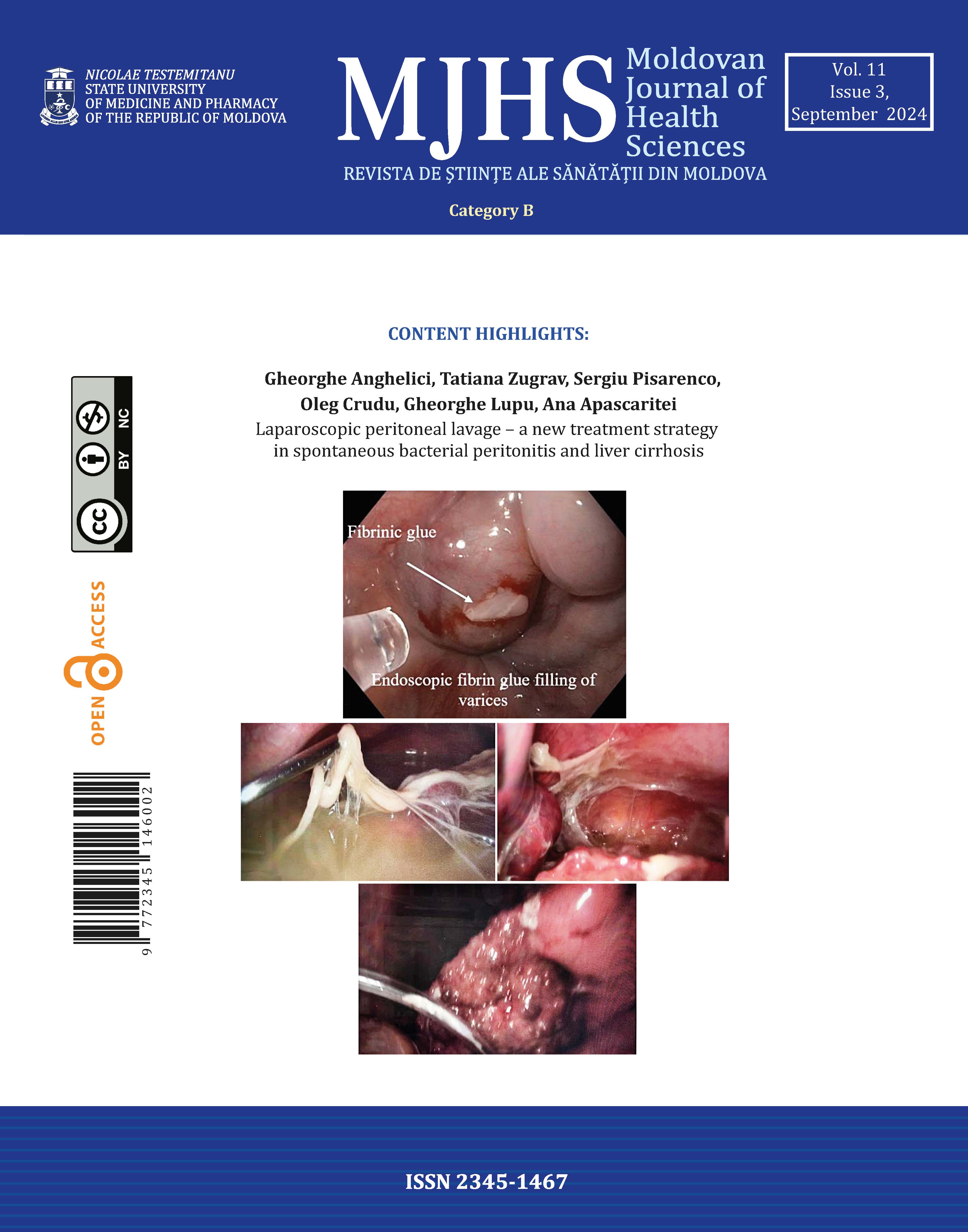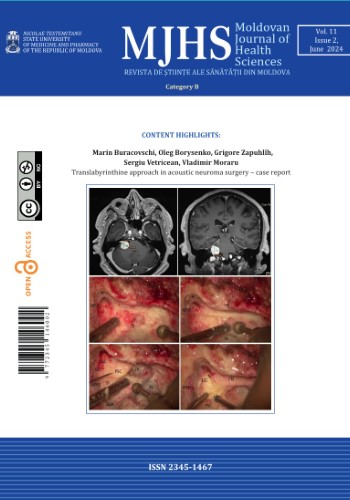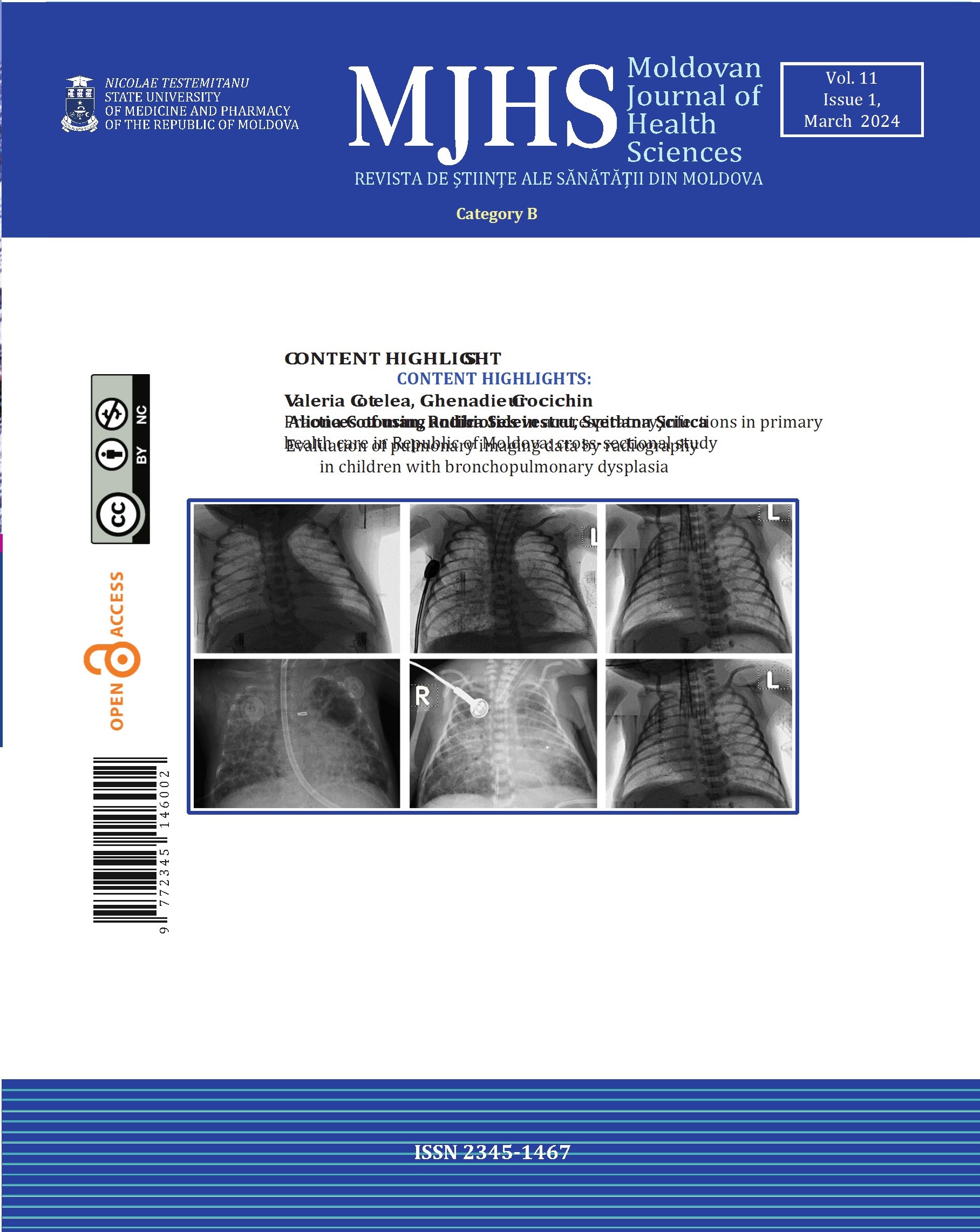The interrelationship of clinical and paraclinical parameters depending on disease severity in children with hemophilia
https://doi.org/10.52645/MJHS.2025.1.01
Introduction.
Hemophilia is a genetic disorder characterized by impaired blood coagulation, leading to increased bleeding risk. The severity of hemophilia varies significantly among individuals, influenced by genetic factors, family inheritance patterns, and the occurrence of complications such as hemarthrosis. Understanding these interrelationships is crucial for developing tailored management strategies for affected children. The purpose of this article is to explore the correlations between clinical severity and various factors, including modes of inheritance, hemarthrosis incidence, types of genetic mutations, and inhibitor presence in pediatric patients with hemophilia. By elucidating these relationships, the study aims to contribute to improved diagnostic and therapeutic approaches in this population.
Materials and methods
This retrospective analysis included 90 pediatric patients diagnosed with hemophilia. Clinical data regarding disease severity, inheritance patterns, hemarthrosis incidents, genetic mutation types, and inhibitor levels were collected and analyzed statistically to identify significant associations.
Results
The analysis revealed a strong correlation between familial inheritance patterns and disease severity, with moderate forms predominating in known inheritance cases. Hemarthrosis was most prevalent in severe cases, particularly affecting the knee and elbow joints. The study also found significant associations between genetic mutations, especially missense mutations, and the severity of hemophilia. Furthermore, elevated inhibitor levels were exclusively observed in severe forms of the disease.
Conclusions
The findings highlight the intricate relationships between clinical characteristics and hemophilia severity, emphasizing the necessity for individualized treatment strategies. Understanding these dynamics can facilitate better management of hemophilia in pediatric patients, ultimately improving their quality of life.






